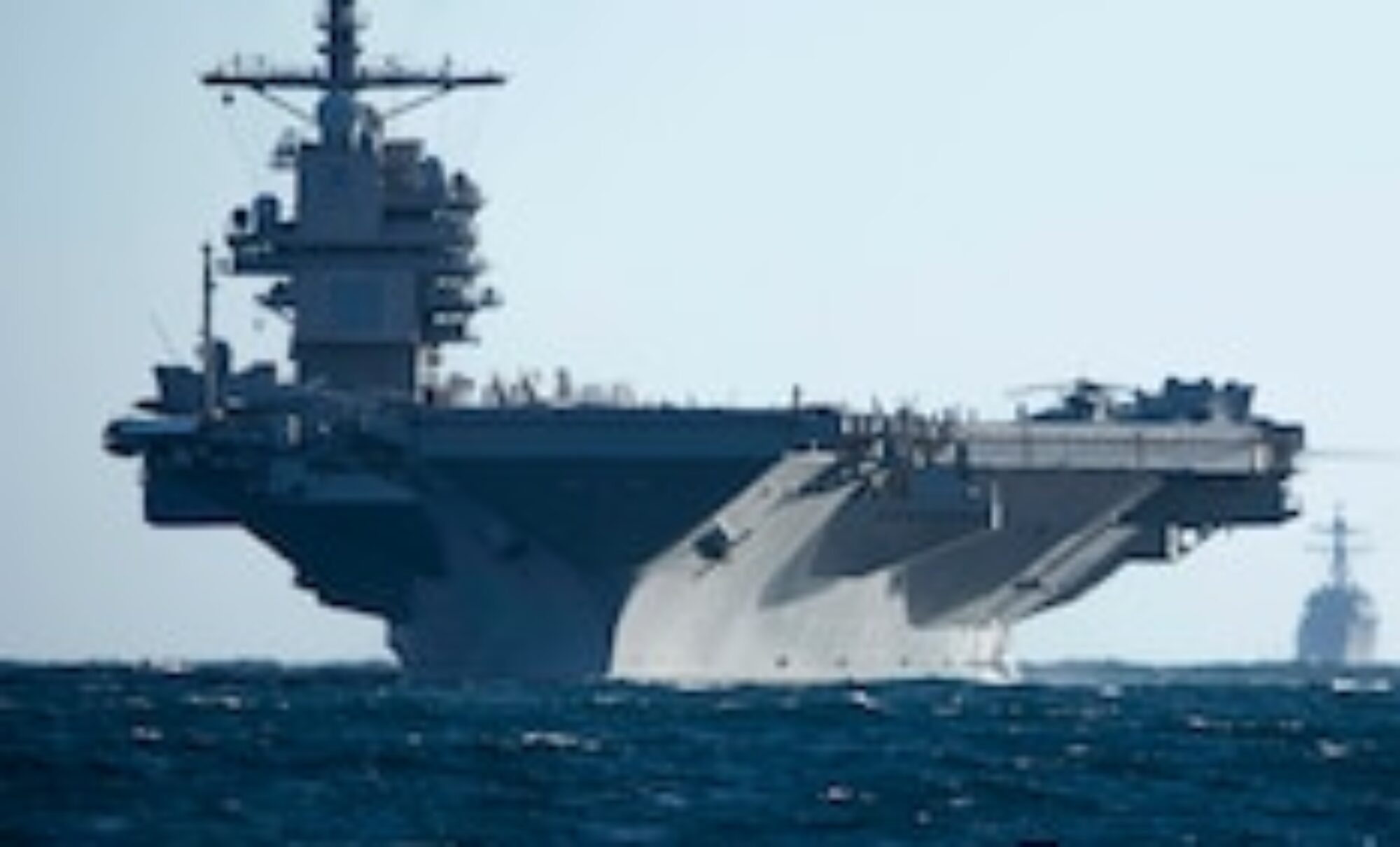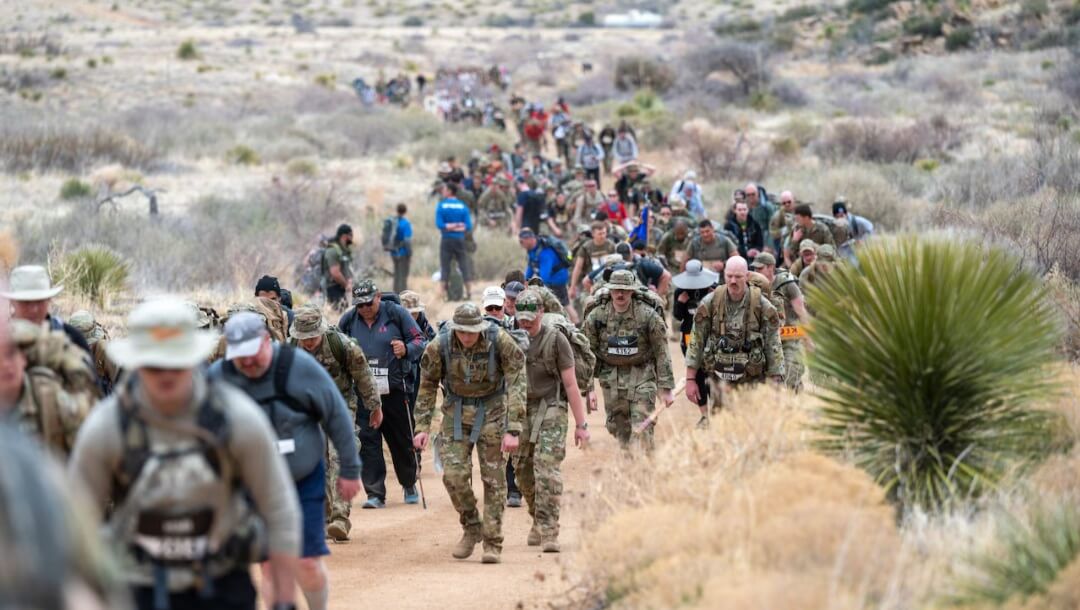Introduction
As we momentarily set aside our analysis on the U.S. Navy’s fiscal year 2025 budget, it’s crucial to turn our attention to a matter of profound respect and remembrance. The recent participation of hundreds in retracing the harrowing steps of the Bataan Death March is not just important news; it’s a heartfelt tribute that honors both the fallen and the living who carry forward the legacy of bravery and sacrifice. This act of commemorati serves as a powerful reminder of the resilience and spirit of those who served, connecting past valor with present-day reverence.
In a poignant act of remembrance and homage, hundreds of volunteers have come together to retrace the harrowing steps of the Bataan Death March, a grim episode from World War II where thousands of Filipino and American soldiers, including numerous U.S. Navy sailors, suffered severe hardships. This commemorative march not only honors the past but also serves as a profound reflection on service and sacrifice.
Why This Matters
The Bataan Death March stands as a somber symbol of the extreme adversities faced by soldiers during wartime. The participation of hundreds in this reenactment underscores a collective commitment to remembering and honoring the sacrifices made by those who have served in the military, ensuring their stories continue to resonate in our collective memory.
Key Takeaways
- The original Bataan Death March was a forced march of 76,000 prisoners of war (66,000 Filipinos and 10,000 Americans) by the Japanese military in April 1942, resulting in significant loss of life.
- Modern participants, including civilians and service members, voluntarily undertake a 26.2-mile trek through White Sands Missile Range, New Mexico, to honor the victims of the original march.
- The event has grown over the years, symbolizing a broader tribute to all veterans and serving as a tangible connection to the past.
- The Bataan Memorial Death March serves as a poignant act of physical remembrance, connecting participants with the harrowing experiences of the soldiers and sailors in 1942.
- The story of the USS Bataan (LHD 5) and its dedication of the flight deck to “Bull” Benini, a survivor of the Death March, underscores the enduring legacy of the march and its impact on military and naval heritage.
- The annual event and the USS Bataan’s tribute highlight the importance of service before self, a principle deeply rooted in the hearts of those who serve and remember.
- Backdrop of Bravery
The Bataan Death March originated during the early stages of World War II, following the fall of the Bataan Peninsula in the Philippines to Japanese forces. Among the defenders were thousands of ill-prepared American troops, including U.S. Navy sailors, and Filipino soldiers, who faced not only the enemy but also disease, starvation, and eventual capture.
Enduring Legacy
Today, the Bataan Memorial Death March reenacts this pivotal moment in history, bringing together participants from various backgrounds to endure a grueling 26.2-mile journey through challenging terrain, mirroring the hardships faced by the original marchers. This event serves both as a physical and emotional tribute to the endurance, sacrifice, and spirit of those who suffered during the original march.
In a deeply resonant act of homage, the amphibious assault ship USS Bataan (LHD 5) held a ceremony that further bridged the gap between past and present. On May 20, the ship’s flight deck was dedicated to Alcide ‘Bull’ Benini, a World War II combat veteran and a resilient survivor of the Bataan Death March. This tribute, presided over by Bataan’s Commanding Officer Capt. John ‘J.C.’ Carter, not only honored Benini’s indomitable spirit but also symbolized the collective memory and ongoing respect for all who have faced such trials. Naming the 844-foot flight deck ‘Bull Benini Field’ stands as a testament to the enduring legacy of service and sacrifice, ensuring that the valor and perseverance of those like Benini are forever etched into the annals of naval history.
Personal Reflections
Participants carry the weight of history, both literally and figuratively, as they traverse the New Mexico desert. Many bear personal mementos or photographs, like Marine Corps Cpl. Christopher Sanders, who carries a photo of his late father, or Katherine Schneider, who honors her grandfather’s service in World War II. These personal tributes add a poignant layer to the march, bridging generations and individual stories of service and sacrifice.
Conclusion
The reenactment of the Bataan Death March is more than a physical challenge; it’s a profound act of remembrance that connects the present to a pivotal moment in the past. Through the sweat, tears, and determination of the participants, the spirit and sacrifice of those who endured the original march are honored and remembered, ensuring that their legacy continues to inspire future generations.


